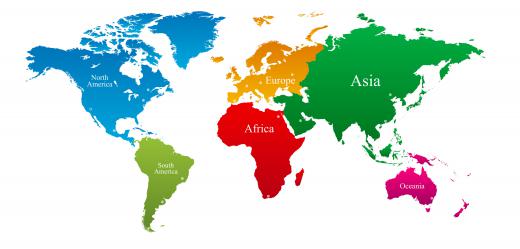What are Entognathans?
 Michael Anissimov
Michael Anissimov
Entognathans, members of class Entognatha, are a group of hexapod (six-legged) arthropod animals closely related to insects, but generally more primitive and basal (split off earlier) than insects. Entognathans include three orders: Collembola (springtails, with over 6000 species), Diplura (800 species), and Protura (sometimes called "coneheads", with 731 species). Entognathans are thought to have evolved their six-legged form of locomotion independently of insects and each other. Despite being put in the same class, entognathans are probably not monophyletic (descended from a common ancestor). Further updates may abolish the class entirely.
Entognathans are interesting and important because of their great abundance, small size, basal position among living arthropods, our poor understanding of their phylogeny, and the ability of some entognathans (springtails) to inhabit extreme environments such as the Antarctic peninsula, where they are among the only native animals. Entognathans, whose name means "internal jaw," have their mouthparts internal to the head capsule, with only the very tips peeking out. This is unlike all insects, which have external mouthparts. Entognathans were thought to be insects until a closer analysis found that they each have fundamental differences from that group.

As mentioned, entognathans are small. The eyeless diplurans, which resemble transparent earwigs, are typically 2-5 mm in length, though some members of the predatory genus Japyx may reach 5 cm (2 in) in size. Diplurans live in leaf litter in temperate forests, using their cerci (tail appendages) to catch little bits of living and dead matter, including mites, other diplurans, and fungus. The predatory species have short cerci.
Proturans, sometimes called coneheads because of their appearance, are another group of small (>2 mm) entognathans found in the soil, generally within 10 cm (4 in) of the surface. Proturans are probably the most basal of all hexapods, and may look like some of the earliest arthropods to live on land and the first to branch off from marine crustaceans, though that is speculative. They are among the few hexapods to lack cerci, and are so small and easy to miss that they were only discovered in 1907.
The last entognathan order are the springtails, which are the most diverse, numerous, and famous of the entognathans. They are considered among the most abundant macroscopic animals on Earth, and can be found almost anywhere there is soil or soil-related habitats, and on all seven continents. Unlike the other entognathans, springtails do have eyes, though their vision is very poor. Springtails are more abundant in cold climates, a phenomenon diametrically opposed to most other arthropods. They get their name from the tails they use to launch themselves off the ground and away from predators. Springtails are usually less than 6 mm long, though some species reach 10 mm. Many species are difficult to see with the naked eye, being less than a mm in length.
More studies are needed to determine the exact relationship of the entognathans to each other and to other insects. This information may help us understand how hexapods evolved from other groups and why entognathans are not nearly as diverse as insects.
AS FEATURED ON:
AS FEATURED ON:











Discuss this Article
Post your comments